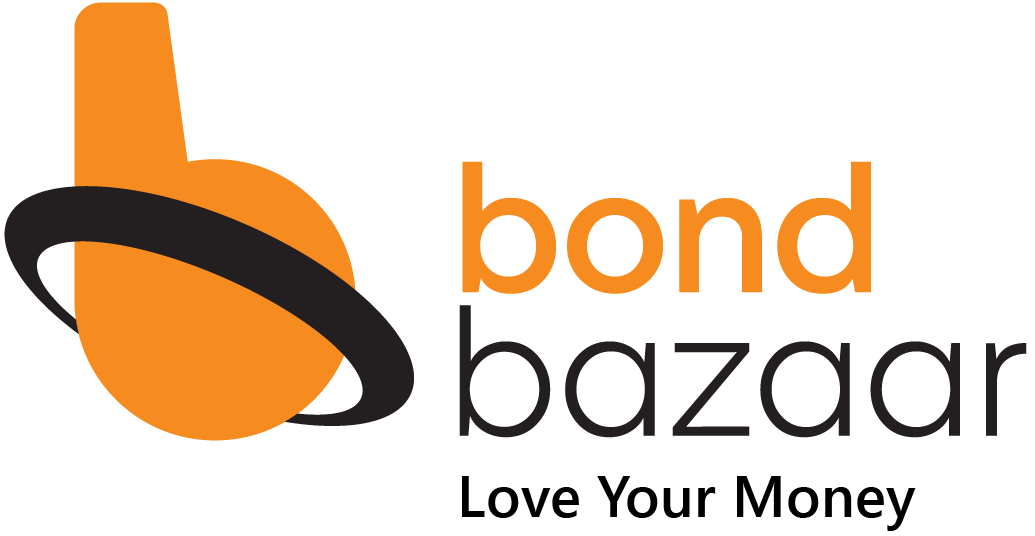What is Par-Value and Market Price?

A government or company launches a bond to raise funds for its planned projects. At the time of issue, the borrower fixes a repayment amount for every unit of the bond. This value is stated in the bond documents and stays unchanged throughout the life of the bond. At the same time, when the bond starts trading in the secondary market, its traded rate may be above or below that fixed figure. This difference gives rise to two important concepts every investor should understand: par value and market price.
Before we dive into both, let’s keep in mind that a bond has a few key features. It carries a maturity date, which is the date by which your principal is repaid. It may have a coupon rate, which indicates the periodic interest earned. It also has a face value or par value, which is the reference value of each unit of the bond. With that foundation, let’s explore the meaning of par value and how it differs from market price.
Understanding Par Value
Suppose a company or government decides to borrow directly from the public through bonds. To maintain structure, they assign a fixed reference amount to each bond unit. This assigned reference is known as the par value.
Par value meaning: Par value is the nominal or stated value of a bond that the issuer commits to repay to the bondholder at maturity. It is printed on the certificate or digital record of the bond and remains unchanged regardless of how the bond performs in the market.
Par value holds importance for two reasons:
- It indicates how much the investor will receive upon the bond's maturity period.
- It serves as the base for calculating periodic interest payments, also called coupon payments.
When investors use the term "par value," they essentially refer to this fixed value that lies at the foundation of every bond contract.
Par value creates clarity between the issuer and the investor. As an investor, you always know the amount that is supposed to be paid back at maturity.
Par Value vs Face Value
Sometimes, investors wonder whether par value and face value are the same. In bonds, both terms are used interchangeably because the face value printed on the bond certificate is the same as the par value stated during the issue.
Par value vs face value key points:
- Both refer to the stated repayment value of the bond at maturity.
- Both act as the base reference for coupon calculation.
- No distinction is applied in their use when talking about bonds.
The terms may sound slightly technical, but for a bond investor, they point to the same reference figure.
Whether you hear "par value" or "face value," know that the meaning is identical for bonds.
Understanding Market Price
Suppose the bond is out in the market and many investors are interested. The demand could push up the price higher than the par value. On the other hand, if fewer investors prefer it, the price might fall below par.
Market price is the price at which a bond is currently being bought or sold in the secondary market. It can be above, equal to, or below the par value, depending on investor demand, interest rate conditions, and market expectations.
Scenarios of market price movement:
- At Par: When the market price equals the par value.
- Above Par (Premium): When the market price is higher than the par value.
- Below Par (Discount): When the market price is lower than the par value.
The changes in market price do not affect the par value. They simply reflect how investors currently value the bond in practical trading.
Market price expresses how the bond is valued today in trading, while par value is the fixed repayment value you will receive as principal.
Why Par Value and Market Price Matter Together?
If you buy a bond knowing its par value, that ensures certainty at maturity. However, you also keep an eye on the market price, because if you want to sell the bond before maturity, the market price determines the rate another investor is willing to pay.
|
Aspect |
Par Value |
Market Price |
|
Definition |
Stated value of the bond at issuance and at maturity |
Value at which the bond trades in the secondary market |
|
Stability |
Fixed and unchanged |
Varies with demand and rate conditions |
|
Relevance |
Used for principal repayment, coupon calculation |
Used for buy-sell transactions in the market |
|
Seen As |
Formal obligation of the issuer |
Investor’s perception value |
Both par value and market price are important; one gives you certainty of repayment, and the other gives you flexibility if you choose to trade earlier.
How Does This Knowledge Help an Investor?
Understanding both values empowers you to make informed decisions. When you hold till maturity, you mainly rely on the par value. When you plan to trade midway, you calculate based on the market price. Being aware of both ensures you are never uncertain about what you hold.
Bondbazaar adds value by allowing investors to buy or sell bonds directly at real-time market prices, while also providing them with complete clarity on repayment based on par value. This dual clarity helps investors to approach the market with confidence.
Being familiar with par value and market price gives you confidence in both holding and trading bonds with awareness.
Par Value, Coupon, and Returns
An interesting aspect for bond investors is how par value interacts with coupon and return calculation. Since coupons are calculated on par value, your return profile is anchored by that base. However, the market price you pay to purchase the bond may be different from par. Thus, yields (effective returns) may vary from the coupon rate.
- Coupons are calculated on par value.
- The actual return (yield) depends on both the coupon received and the market price paid.
- Investors must pay attention to both figures to understand total expected gains.
By seeing how par value and market price both affect returns, you can better assess the worth of a bond before investing.
Conclusion
Par value is the fixed repayment obligation printed on any bond, and market price is the current tradable rate. The first brings clarity at maturity, the second guides interim trading. For a balanced bond strategy, understanding both is essential.
Bondbazaar simplifies the process by offering a wide range of bonds, real-time trading, and a transparent platform where par values and market prices are clearly displayed. It combines an automated digital process with expert-backed support, making bond transactions seamless and efficient.
Explore and invest in bonds with Bondbazaar, where you can buy and sell seamlessly with zero charges.
Frequently Asked Questions
1. What exactly is par value in a bond?
Par value is the fixed amount that the bond issuer agrees to repay the investor at maturity. It also serves as the basis for calculating the bond’s interest payments (coupons).
2. Can the market price of a bond be different from its par value?
The market price fluctuates based on demand, interest rates, and market conditions. It can trade above (premium), below (discount), or at par value.
3. How does buying a bond at a premium or discount affect returns?
If you buy above par (premium), your effective yield will be lower than the coupon rate. Buying below par (discount) increases your yield, as you pay less upfront than the bond’s face value.
4. Should I focus more on par value or market price when investing in bonds?
If you hold a bond until maturity, par value is key as it guarantees principal repayment. If you plan to trade before maturity, market price impacts how much you pay or receive.
5. How does Bondbazaar help with understanding par value and market price?
Bondbazaar provides real-time market prices alongside the fixed par values for all bonds, allowing investors to make informed decisions with complete transparency before buying or selling.
